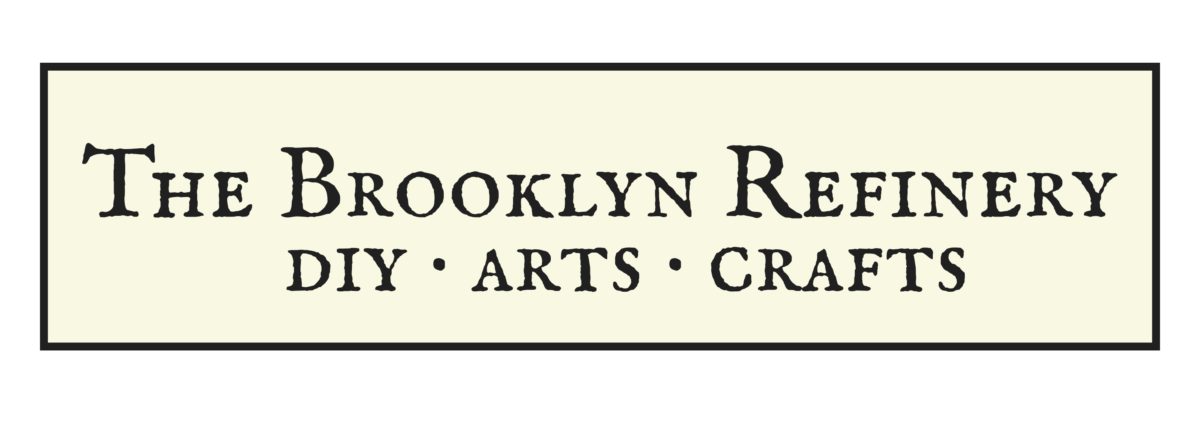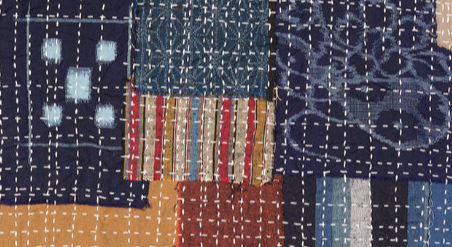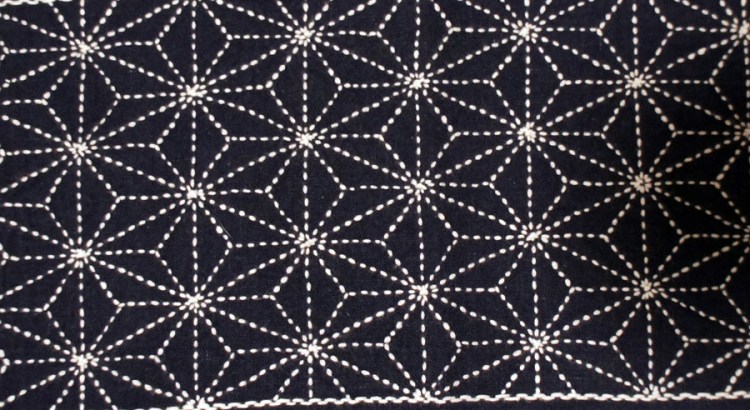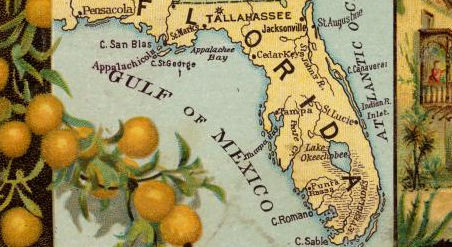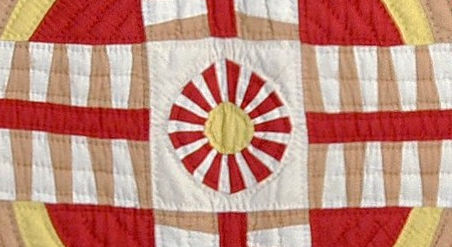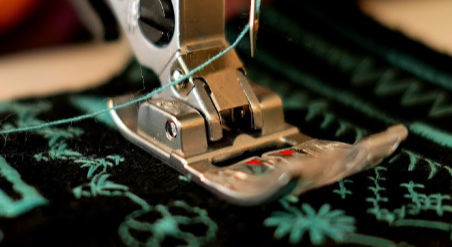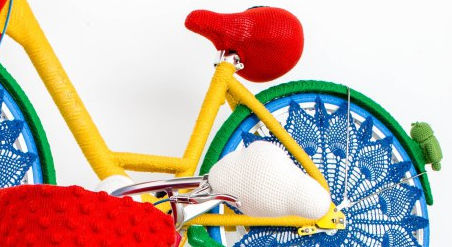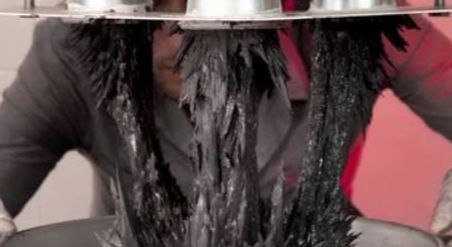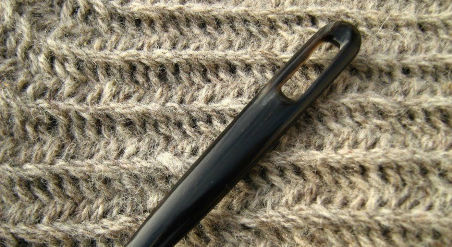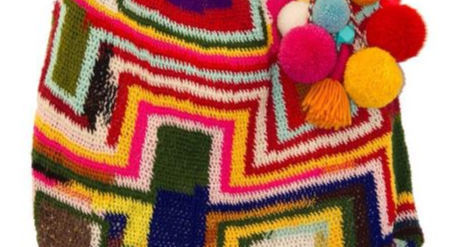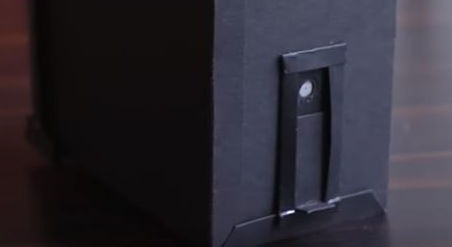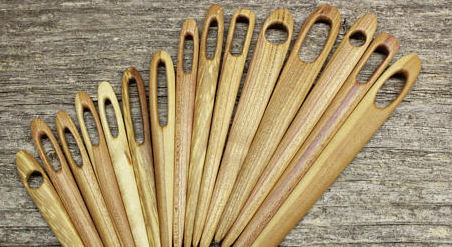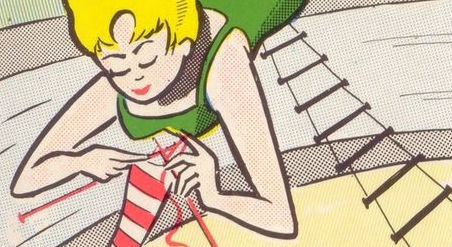Modern Woodblock Printing
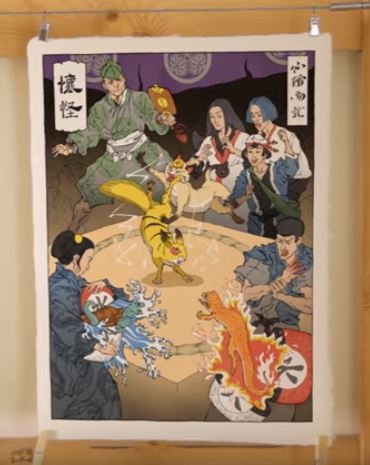
Screenshot via 【C3 #04】Ukiyo-e Heroes YouTube video
It’s always exciting when a craft that seems stuck in time gets nudged into modernity. It reminds us that we can have fun breathing new life into processes we’ve taken for granted or relegated to history.
Woodblock printing has been around as a method to print on fabric since sometime before 220 AD, in China. Examples of using woodblocks to print on paper can be found from the 7th century AD, and, as a technique, survived into the 19th century before falling off in popularity.
What may first come to mind when we think about Japanese woodblock prints are landscapes and seascapes created by Katsushika Hokusai.
Jed Henry and David Bull have teamed up to bring woodblock printing into the 21st century. Jed, an American illustrator, and David, a British master woodblock printer, collaborated to create Ukiyo-e Heroes, featuring woodblock prints of video game characters, handmade in the Japanese woodblock tradition.
To make a woodblock print, you start with a block of wood with one flat surface, and carve away the parts of the surface that you ultimately want to be the white or negative spaces. Areas of wood left intact on the surface will be inked, and that will become the woodblock picture. To get the image you want, you need to cut away wood where you don’t want any ink.
Once your image has been carved in the wood, ink is spread evenly over the surface, and sticks to it until you transfer the ink to another surface.
If you want a multi-colored print, you need to make one wooden block per color in the print, figuring out where the color and the white (negative) areas are, and carve accordingly. Then, you’ve got to make sure that your blocks line up perfectly at each new color block printing, so that colors don’t overlap where they’re not meant to.
Woodblock printing is a finicky endeavor, and takes years for a craftsman to become masterful at creating woodblock print images.
In the 2013 video from Creators wao, Jed gives insight into his passion project of modernizing the stories told through woodblock prints.
David Bull's thoughts on the Ukiyo-e Heroes series, from mokuhankan.com:
"Anybody with even the slightest interest in traditional Japanese art 'knows' what ukiyo-e is, and we're all basically familiar with those well-known images of actors, beauties, and Edo period scenes. We may not remember names and dates of all the designers, etc., but we have an overall image of an art style that flourished wonderfully for a period of some hundreds of years.
The reality though, was quite different. During the long history of the genre, there were any number of times when it became moribund and fell out of favour. This was sometimes due to government suppression, and sometimes simply to changes in fashion and social trends. There were on occasion quite long periods when very few prints were created and sold.
So how did the genre survive? Well, I very much recommend James Michener's 'The Floating World' for a thorough exposition of this, but I can bring you the main point here: each time the genre became stale or moribund, it was brought back to the mainstream again by interesting and dramatic designs. Men came along who put things down on paper that had not been seen before, things that were immediately appealing - and more important, meaningful - to the people of the time.
I think you can see where I am going with this. The Japanese traditional print has been totally moribund for easily over a generation now. Nobody has found a message that properly suits the genre - in style, in content, or in meaning for the 'audience'. Until now. Jed Henry has come up with a concept that is going to do this, here and now in our own day - and as you can see from the images above, he clearly has the skills to pull it off."
David Bull, August 2012, Seseragi Studio, Tokyo
Once an image is decided upon, it’s up to David and his staff at his Tokyo-based collective workshop, Mokuhankan, to create a series of wooden carvings on cherry wood blocks. Each color in the final image needs to be printed on the paper one layer at a time, from individually carved blocks. Each round of adding the next color is done by hand, making it a time-consuming craft. And, since it’s layered using a fresh coat of ink at every pass, each print is unique.
You can see the step-by-step layering in a series of photos on Mokuhankan, which show the building up of the image of the print “Rickshaw Cart.” Click on the small black and white drawing in the center of the page to start the slideshow.
You can read more about David’s woodblock printing business and his printing process here and here.
You might also like David Bull’s YouTube channel, and The Jed Henry's Instagram account. There are links to subscribe and to purchase prints via their Instagram bio.
For further reading, John Brownlee that goes deeper into Jed and David's woodblock printing collaboration. It’s a great 8-minute read, with a slide show of 13 early woodblocks inspired by Super Mario Kart, Metroid, Star Fox, Donkey Kong, Kirby’s Dream Land, Legend of Zelda, Street Fighter, Mega Man, Pokemon, Secret of Mana, and Sonic the Hedgehog.
POPULAR POSTS
Follow a tutorial for making a patchworked bag with Sashiko topstitching. | Follow tutorials for how to create traditional Japanese embroidery stitching. | Explore a library's digitized vintage maps, which you can download for free. | Learn from a museum textile curator how to best care for your quilts. |
Learn to make a basket weave pattern quilt from scraps of fabric. | Sisters Lorna and Jill Watt create amazing yarn bomb installations . | Ceramic artists create fantastical structures using magnetic clay. | Learn about a Viking fabric-making technique which pre-dates knitting. |
Follow a tutorial for making a bilum bag - PNG's traditional fabric. | Learn to make a pinhole camera; develop paper film with common items. | Learn about a stretchy fabric made with connected loops. | Free digitized knitting magazines 1800 - now. |
